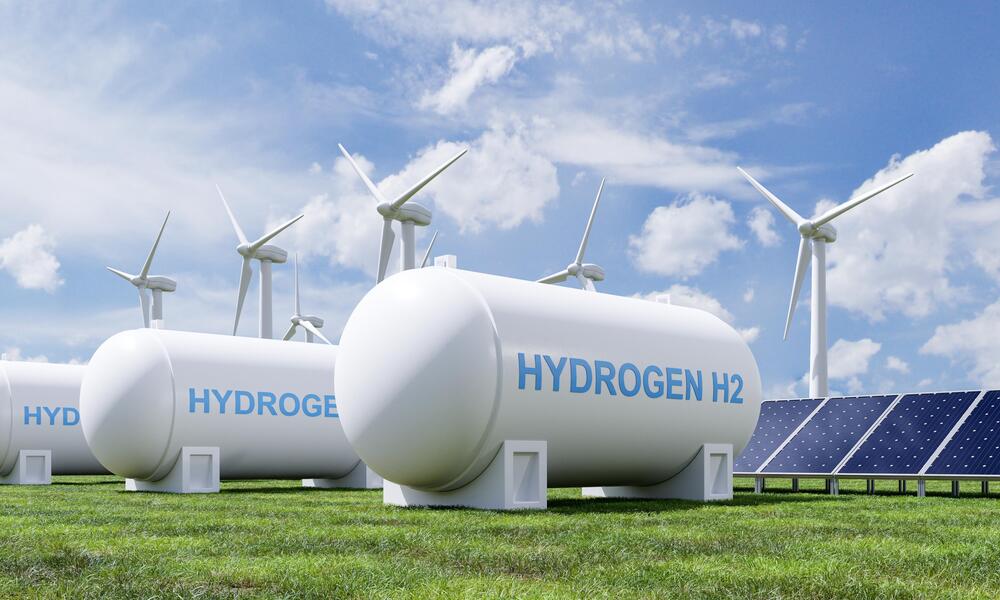Green hydrogen has emerged as a focal point in the pursuit of cleaner and sustainable energy. It is a type of hydrogen produced using renewable energy sources such as solar or wind power to electrolyze water. This process yields hydrogen without carbon emissions, which can be utilized as an eco-friendly alternative fuel.
One of the primary advantages of green hydrogen is its potential to reduce reliance on fossil fuels and diminish the global carbon footprint. By substituting fossil fuels with green hydrogen, we can mitigate greenhouse gas emissions contributing to climate change. Moreover, green hydrogen can also act as a catalyst for new economic growth by creating job opportunities in the renewable energy sector and related industries.
Certainly, there are challenges to be addressed in the widespread adoption of green hydrogen. One of these is the relatively high production costs compared to conventional hydrogen derived from fossil fuels. However, with advancements in technology and production scale, it is anticipated that the production costs of green hydrogen will become increasingly competitive in the future.
In realizing the vision of clean and sustainable energy, it is crucial for governments, industries, and communities to collaborate in accelerating the development and adoption of green hydrogen technology. Thus, we can take steps towards a greener future, reducing adverse environmental impacts, and improving the quality of life for all.




